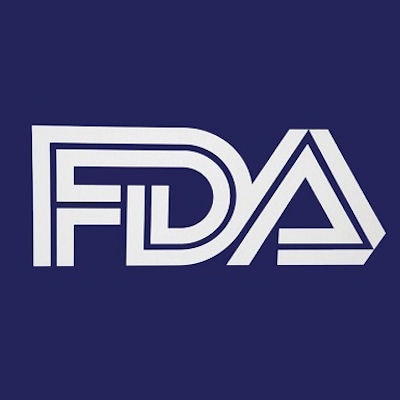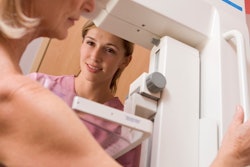
Should U.S. mammography facilities be meeting higher standards for image quality? And should requirements on breast density be added to the Mammography Quality Standards Act (MQSA)? These questions will be debated on September 15 in a meeting of the U.S. National Mammography Quality Assurance Advisory Committee.
Image quality and density notification are two of a number of issues that will be addressed by the committee at the public meeting held by the U.S. Food and Drug Administration (FDA). The committee's role is to advise the FDA on quality standards and access to screening as regulated by the MQSA.
Held in Gaithersburg, MD, the meeting will also include discussions of current trends in MQSA compliance, as well as the American College of Radiology's alternative standard Digital Mammography Quality Control Manual, which the FDA approved in March of this year.
Image improvement
The FDA is considering using the MQSA inspection program to improve mammography image quality, perhaps by sending images collected at inspection to accrediting bodies and by adding inspection questions related to image quality, according to materials prepared by presenter Dr. Helen Barr, director of the agency's Division of Mammography Quality Standards.
"October 27, 2016, begins the 25th year since the MQSA was signed into law by President George H. W. Bush," according to remarks prepared by Barr in advance. "Image quality has improved, but can it be improved even more?"
A new program, called Enhancing Quality Using the Inspection Program (EQUIP), would address image quality on a continuing basis. It would not require that images be reviewed during inspections, but rather that a facility's process for ensuring image quality be reviewed. It would also impose citations for inadequate or missing processes, according to Barr.
New EQUIP questions would be incorporated into the agency's field inspection support system software in October; the first inspections using the revised list would begin by the end of 2017. There would be no citations for inadequate image quality protocols for the first year, Barr said
"Our focus is on enhancing image quality, optimizing inspections by including image quality-assurance elements, and increasing attention paid to image quality standards," she concluded.
Density decisions
Regarding breast density, the FDA intends to propose amendments to MQSA regulations that would include the issue of breast density notification -- and these amendments would be published and open for public comment as usual, according to materials prepared for presenter Dr. David Lerner, medical officer at the FDA's Division of Mammography Quality Standards.
"There's general consensus that patients are entitled to know their medical information and risk factors," he stated in prepared materials. "Density notification promotes informed and shared decision-making. However, any further decisions also depend on other individual risk factors."
In any case, the FDA is seeking input from the committee on how facilities, referring healthcare providers, and patients are responding in states that have density notification requirements, Lerner concluded.
It's crucial that the FDA act on the issue of breast density notification, according to Nancy Cappello, PhD, founder of Are You Dense Advocacy. Cappello last addressed the MQSA committee five years ago and is scheduled to present at the meeting.
"Since 2011, 200,000 women have died of breast cancer -- and some never missed a mammography appointment," she told AuntMinnie.com via email. "The FDA needs to issue regulations to ensure that women have the same information about the impact of dense breast tissue on missed, delayed, and advanced-stage breast cancer as their doctors do."




















